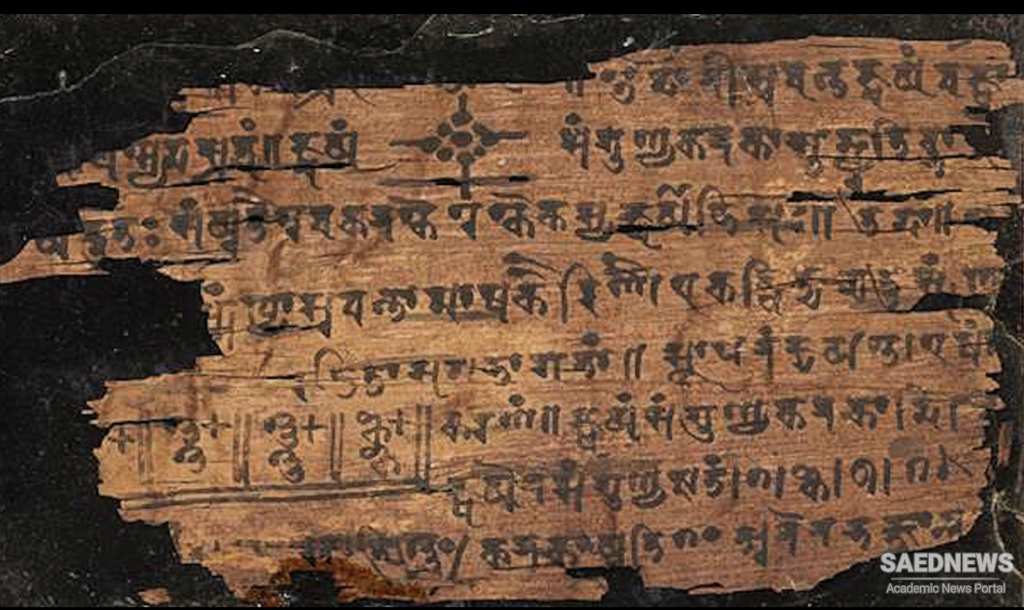From several passages in ancient authors who have written upon music, it appears that there were two kinds of enharmonic melodies in use among the Greeks ; in the most ancient of which we do not find that the Diesis or Quarter-tone, ever had admission. This I shall distinguish, in the course of the following essay, by the title of Old Enharmonic. The other, in which the semitone was divided, and which seems to have been a refinement upon this, I shall call New Enharmonic. "The number of "four strings, from which the tetrachord derived its name," says M. Rousseau, " was so far from being essential, that we find tetrachords in ancient music which had only three. Such for some time, were the enharmonic tetrachords/' He mentions the same circumstance in speaking of the invention of the enharmonic genus by Olympus. "Olympus, as Aristoxenus informs us (c), is thought by musicians to have invented the enharmonic genus : for before his time, all was diatonic and chromatic. He is supposed to have hit upon the invention in some such way as this: while he was preluding in the diatonic genus, it is imagined that passing frequently in his melody from Paramese, and from Mese to Parhypate Meson, skipping over the Lichanos, he observed the beauty of the effect : to effect, manner, or expression, and forming then the whole system (of the octachord or heptachord, as I understand it) according to this analogy (d), and being struck with it, he adopted and composed in it, in the Dorian mode, without touching any string peculiar to the diatonic, to the chromatic, or indeed to the enharmonic ; and such were his enharmonic melodies. For the first of these they reckon to have been the nome or melody called Spondean ; in which melody none of the divisions of the tetrachord (i.e., the genera) show their peculiar characters (e).


 Graeco-Persian Musical Traditions and Their Interactions in Ancient Times
Graeco-Persian Musical Traditions and Their Interactions in Ancient Times














































